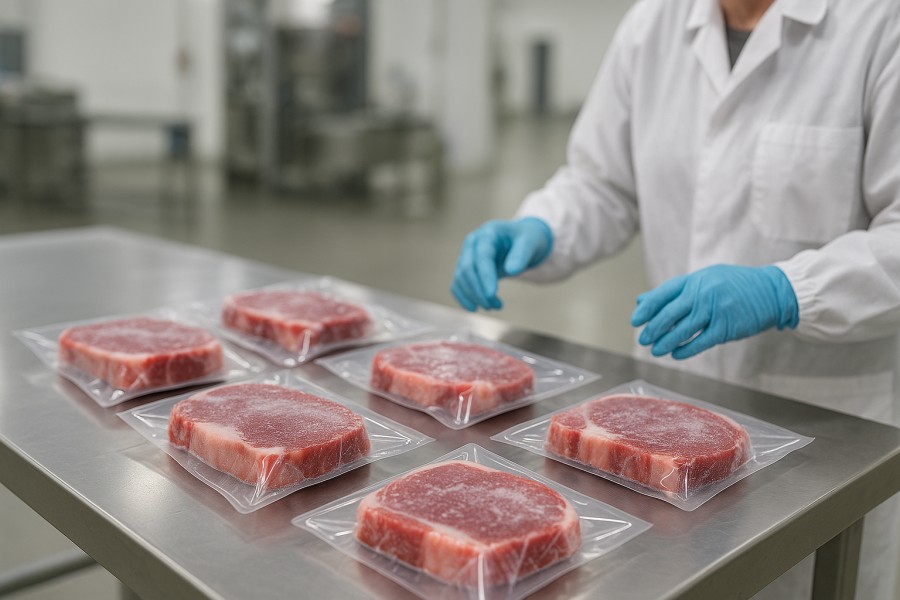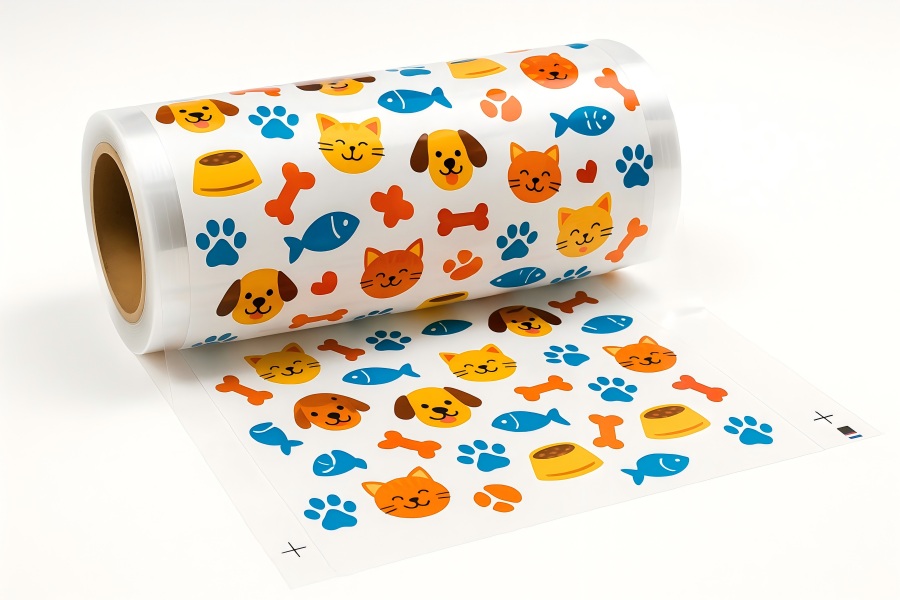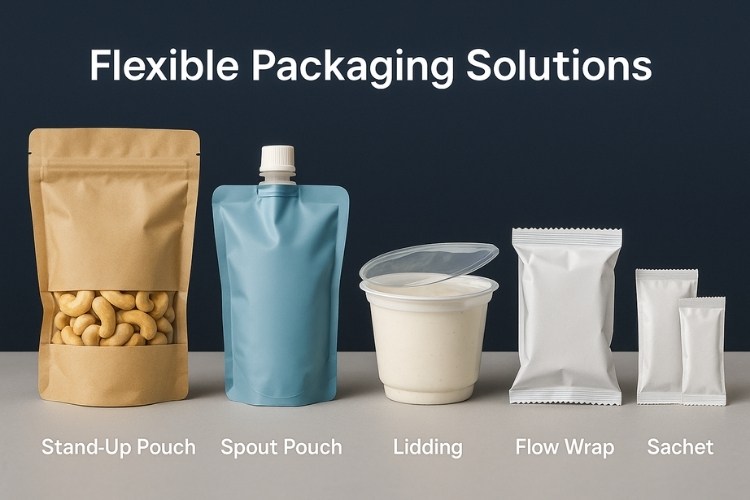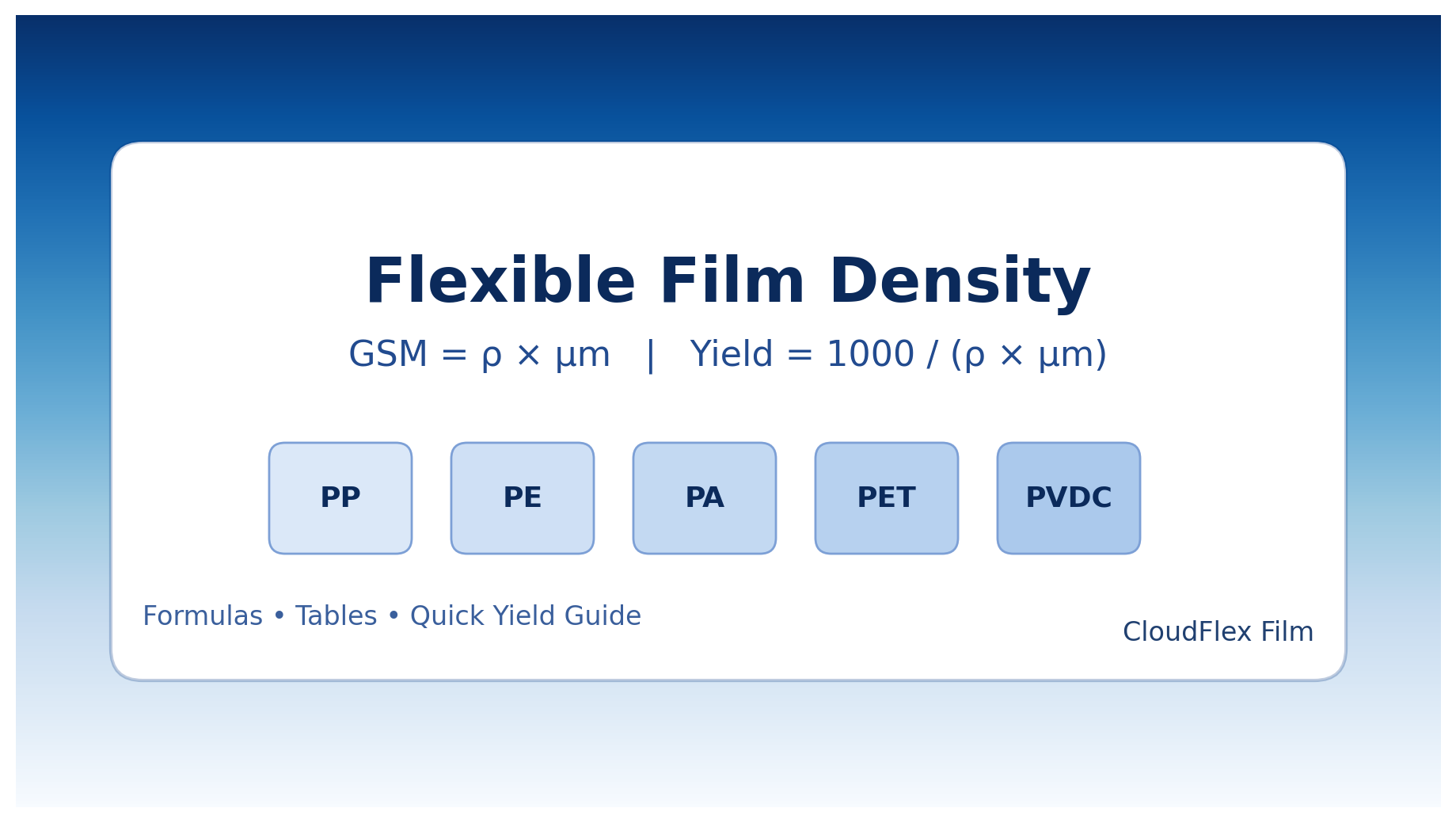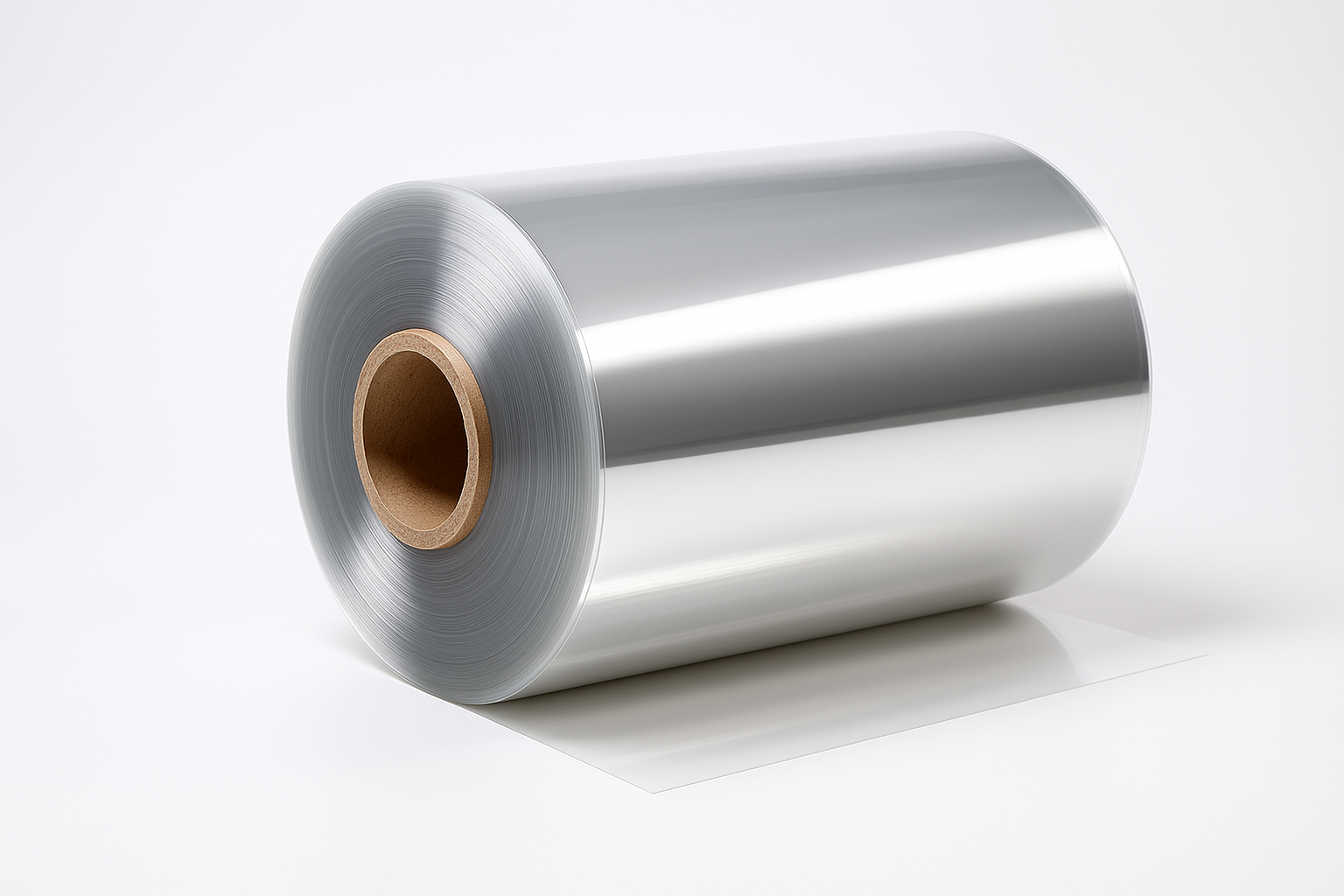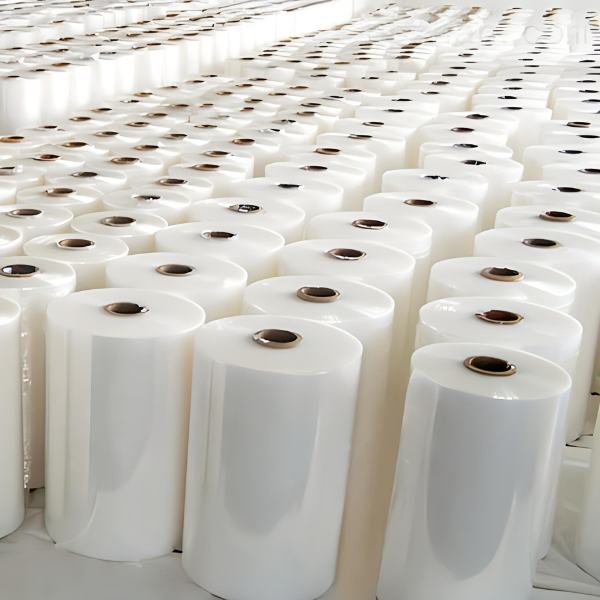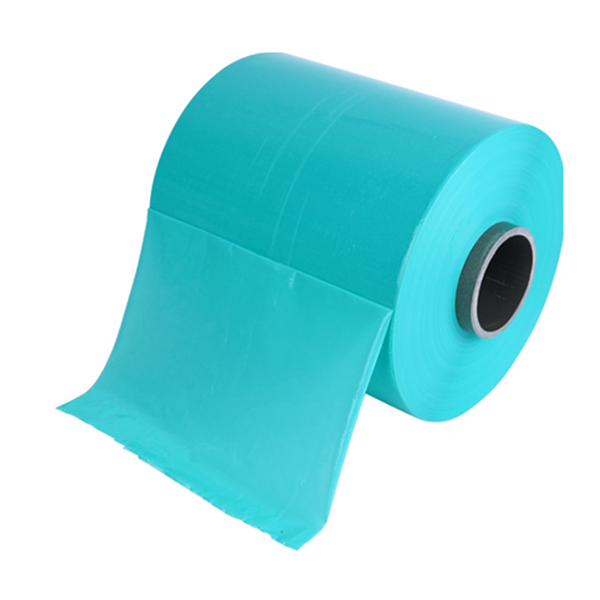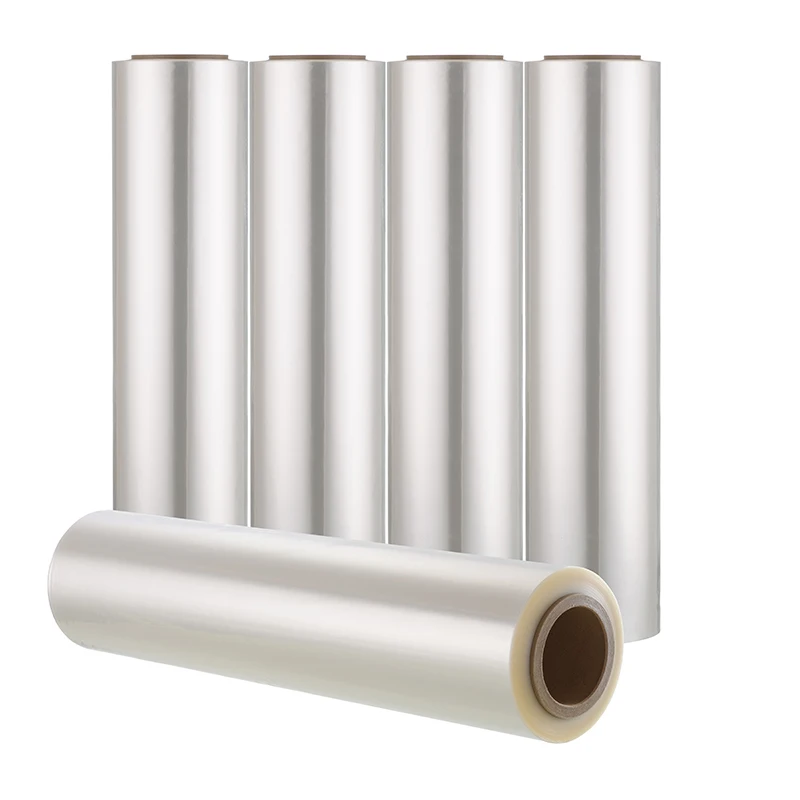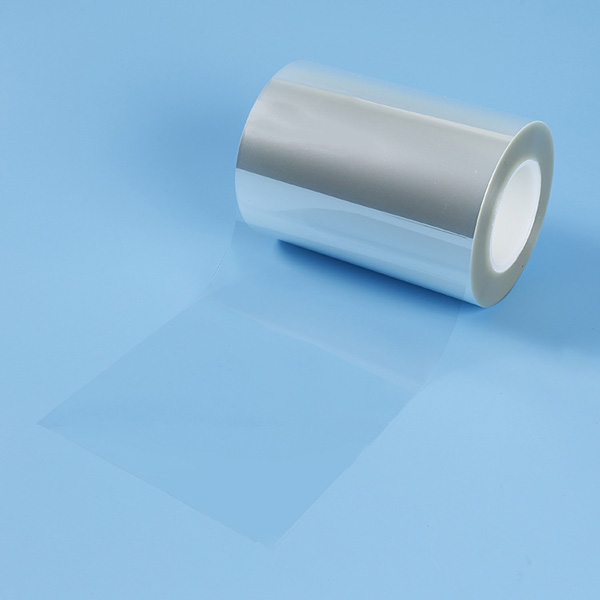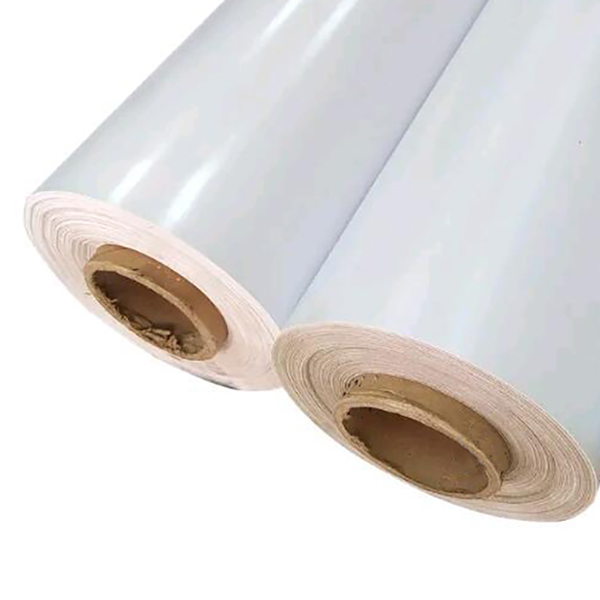Introduction
Silage is a crucial component of modern livestock farming, providing high-energy feed for dairy cows, beef cattle, and other ruminants throughout the year. Whether you are a small-scale farmer or a large-scale feed producer, understanding the silage making process is essential to ensuring the quality and nutritional value of your feed.
In this comprehensive guide, we will walk you through every step of how to make silage, from selecting the right crops to proper storage techniques. We’ll also explore common challenges and best practices to help you maximize your success.
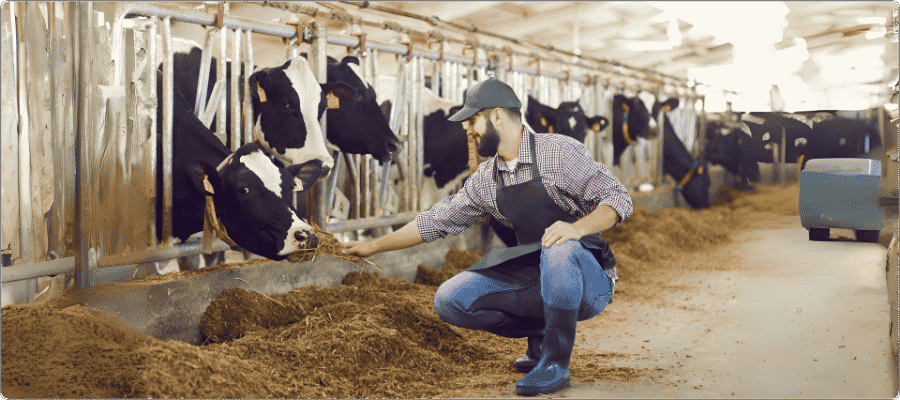
{ Silage Provides High-Energy Feed For Dairy Cows, Beef Cattle, And Other Ruminants }
What Is Silage?
Silage is fermented, high-moisture fodder that can be fed to livestock. It is made through a process called ensiling, where crops like corn, grass, or legumes are cut, compacted, and stored in anaerobic conditions to promote fermentation. This process preserves the nutrients and enhances digestibility.
Why Make Silage?
- Year-round feed supply: Silage allows farmers to store feed for use during dry seasons or winter months.
- Nutritional preservation: Properly made silage retains most of the original nutrients in the forage.
- Cost-effective: Reduces reliance on purchased feed, lowering overall feeding costs.
- Improved animal health: High-quality silage supports better milk production and weight gain.
Step-by-Step Silage Making Process
1. Crop Selection and Harvest Timing
The quality of silage starts with the crop. Common silage crops include:
- Corn
- Alfalfa
- Sorghum
- Grasses (e.g., ryegrass, fescue)
Harvest Timing:
Crops should be harvested at the optimal moisture content:
- Corn silage: 60–70% moisture
- Grass silage: 65–75% moisture
- Legume silage: 60–70% moisture
Harvesting too early or too late can affect fermentation and feed quality.
2. Chopping the Crop
Once harvested, the crop must be chopped into small pieces to facilitate compaction and fermentation.
- Recommended chop length:
- Corn silage: 6–12 mm
- Grass and legume silage: 5–10 mm
Using a precision forage harvester ensures uniform chop size, which improves packing efficiency.
3. Wilting (Optional)
For high-moisture crops like fresh grass, wilting may be necessary to reduce moisture content. Spread the chopped material in the field for a few hours to allow evaporation. This step helps prevent undesirable fermentation and nutrient loss.
4. Use a Silage Baler for Efficient Packing
A silage baler is a specialized machine that compresses chopped forage into compact bales and wraps them tightly with plastic film. This step is crucial for maintaining anaerobic conditions and preventing spoilage.
Modern silage balers come in various types, including round and square balers, with options for integrated wrapping systems. Using a silage baler not only improves efficiency but also enhances the quality and shelf life of your silage.
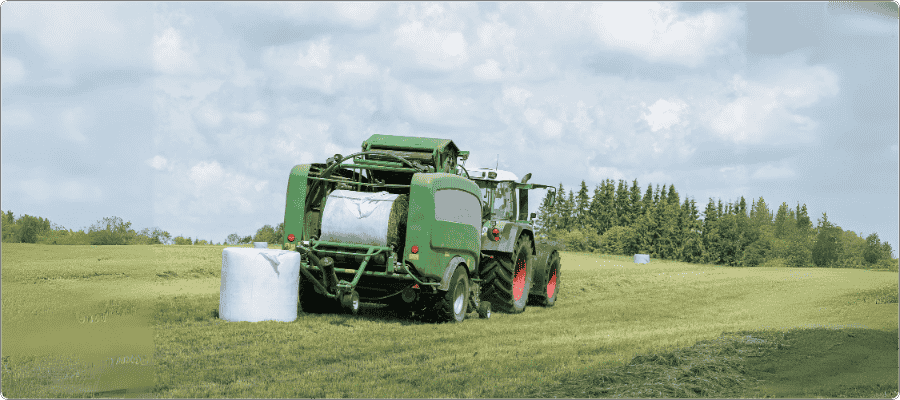
{ Silage Baler }
5. Adding Additives (Optional)
Silage additives can enhance fermentation and improve silage quality:
- Inoculants: Beneficial bacteria that speed up fermentation.
- Acids: Help lower pH quickly, especially in high-moisture crops.
- Absorbents: Such as dry beet pulp, used to reduce excess moisture.
Consult with an expert to choose the right additive for your needs.
6. Compaction
Proper compaction is critical to remove oxygen and create anaerobic conditions.
- Use a tractor or heavy machinery to pack the silage tightly.
- Layer the material in thin lifts (10–15 cm) and compact each layer thoroughly.
- Aim for a density of at least 225 kg/m³ (wet basis).
Poor compaction leads to aerobic spoilage and nutrient loss.
7. Sealing
Once compacted, the silage must be sealed immediately to prevent air exposure.
- Use high-quality, oxygen-barrier silage films to cover the pile or bunker.
- Ensure the film is weighted down with tires, sandbags, or gravel to create a tight seal.
At CloudFilm, we provide premium silage films designed for maximum durability and oxygen barrier performance, ensuring your silage stays fresh and nutritious.
8. Fermentation
Fermentation typically takes 2–4 weeks. During this period:
- Anaerobic bacteria convert sugars into lactic acid.
- The pH drops to around 4.0–4.5, preserving the silage.
- Temperature should be monitored to avoid overheating.
9. Storage and Feedout
Proper storage is key to maintaining silage quality:
- Store in a cool, dry place away from direct sunlight.
- Inspect regularly for damage to the covering film.
- During feedout, remove only what is needed for a few days to minimize air exposure.
Common Challenges and Solutions
| Challenge | Solution |
|---|---|
| Mold growth | Ensure proper sealing and compaction |
| Poor fermentation | Use additives and check moisture levels |
| Nutrient loss | Minimize air exposure during feedout |
| Spoilage at edges | Use weighted, high-quality film |
Best Practices for High-Quality Silage
- Harvest at the right moisture content.
- Chop uniformly for better compaction.
- Use additives when necessary.
- Compact thoroughly and seal immediately.
- Monitor during storage and feedout.
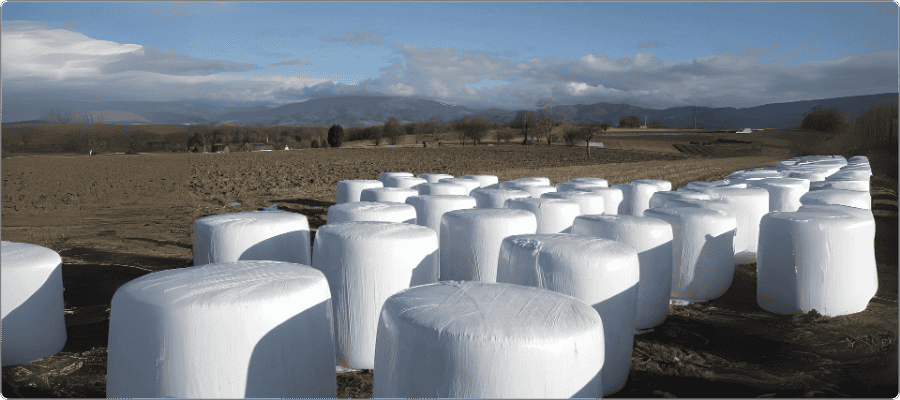
{ Proper Silage Making Ensures Feed Quality And Nutrition }
Conclusion
Making high-quality silage is both a science and an art. By following the steps outlined in this guide and paying attention to detail, you can ensure a consistent, nutritious feed supply for your livestock year-round.
At CloudFilm, we’re committed to supporting farmers with innovative silage solutions. If you have questions or need premium silage films, feel free to reach out to our team. Happy silage making!


